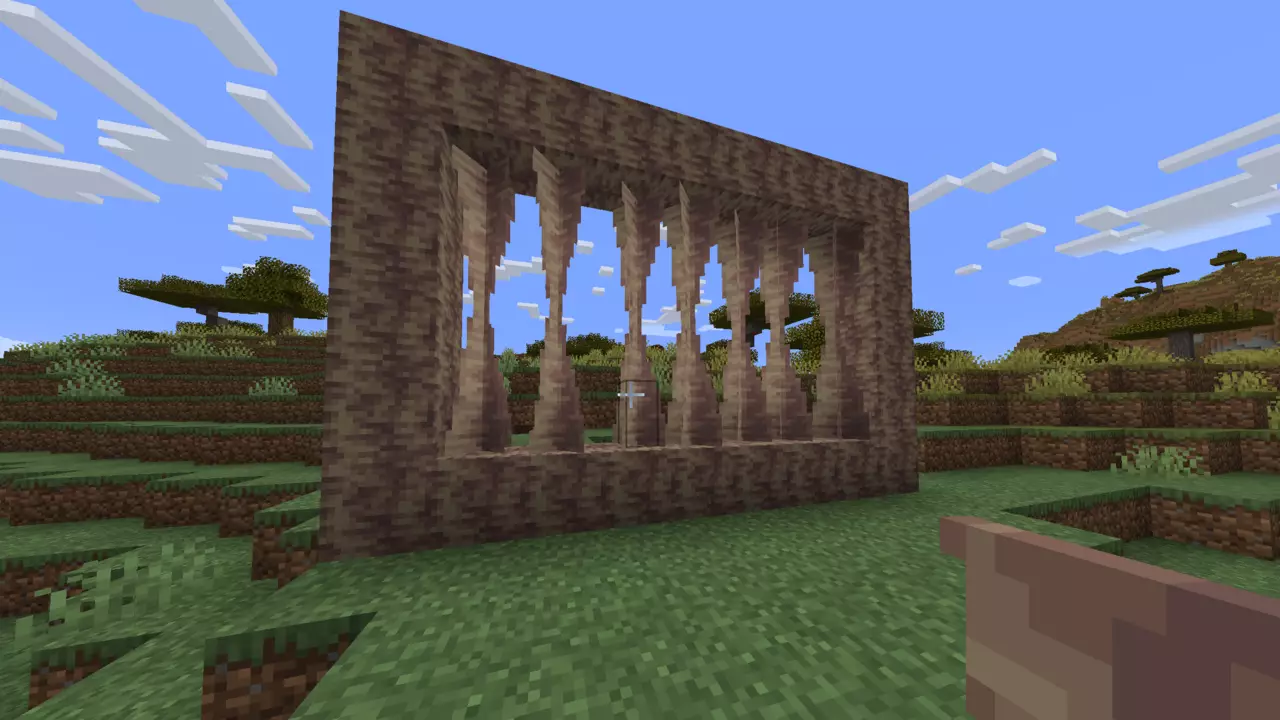Minecraft, a game celebrated for its expansive creativity and dynamic landscapes, continually introduces new elements that intrigue and baffle players alike. One such element that has garnered attention is the Pointed Dripstone, which includes both stalagmites and stalactites. While the mechanics of these natural formations might seem straightforward, their implications in gameplay, interactions, and decorative potential are worth deepening our understanding of.
What Are Pointed Dripstone and Their Significance?
Pointed Dripstone is a unique feature found in Minecraft, classifying into two types: stalagmites that extend upward from the ground and stalactites that hang from the ceiling. Both of these formations typically generate in specific biomes known as dripstone caves, adding a vastness and depth to the underground realms of the game. The existence of these geological features emphasizes Minecraft’s dedication to realism in a fictitious environment.
Players can monitor the growth of these formations under dripstone blocks, where pointed dripstone can form under certain conditions. Interestingly, one can collect these formations using any mining tool, although pickaxes offer efficiency for extraction. The ability to create your own dripstone blocks by combining four pointed dripstones can encourage players to engineer their environments creatively, showcasing the game’s focus on resource management and strategic crafting.
Dripstone caves can be elusive yet rewarding discoveries within Minecraft, and learning how to locate them can enhance a player’s adventure significantly. Unlike the more common waterlogged cave systems, dripstone caves predominantly occur away from water sources and can be situated at almost any elevation in the overworld. Thus, players seeking these caverns should venture deeper into the land, prioritizing exploration in drier terrains.
Once in a dripstone cave, the abundance of stalagmites and stalactites is striking. The very presence of these structures serves as a clear indicator of having found a dripstone environment. Experienced players might find this unique biome a treasure trove for their crafting needs or as a means for extensive decoration.
While the aesthetics of stalagmites can amplify the visual appeal of any given space, the gameplay mechanics behind them introduce an interesting dichotomy. Stalagmites pose a real threat to players—falling onto one can result in doubled fall damage, often leading to a swift demise. The potential for utilizing stalagmites as traps adds another layer of strategy to the game, allowing players to fortify their bases by implementing traps using these formations.
However, it is essential to recognize the limitations of stalagmites. Unlike stalactites, which can interact with water and lava, stalagmites primarily serve as a hazardous obstacle or a stylish design element. Thus, while they are visually captivating, their function in gameplay tends to be focused on creating tension and risk rather than utility.
In contrast to their upward-pointing counterparts, stalactites present unique gameplay mechanics that enhance their value. In a clever twist, players can utilize stalactites to collect water or lava by positioning them strategically above cauldrons, tapping into the resources around them. This mechanic encourages resourcefulness, allowing players to draw upon the environment and optimize their collections.
Furthermore, stalactites can also deal damage to entities when they drop, albeit contingent upon the connected block’s destruction. While this isn’t as straightforward or useful as the stalagmite’s immediate risk, it adds a layer of potential interaction and depth to stalactite use, inviting players to experiment with their placements in ways that enhance combat encounters or monster trapping.
The introduction of Pointed Dripstone into Minecraft adds an intriguing mix of beauty and danger to the gameplay experience. Players need to appreciate the duality of stalagmites and stalactites, as each offers unique opportunities for exploration, creativity, and tactical advantages. As players dive deeper into the game’s expansive regions, the coexistence of these geological structures will undoubtedly enrich their adventures in the enchanting world of Minecraft. Understanding how to harness these elements will ultimately elevate a player’s experience, merging aesthetics with function in profound ways.


Leave a Reply